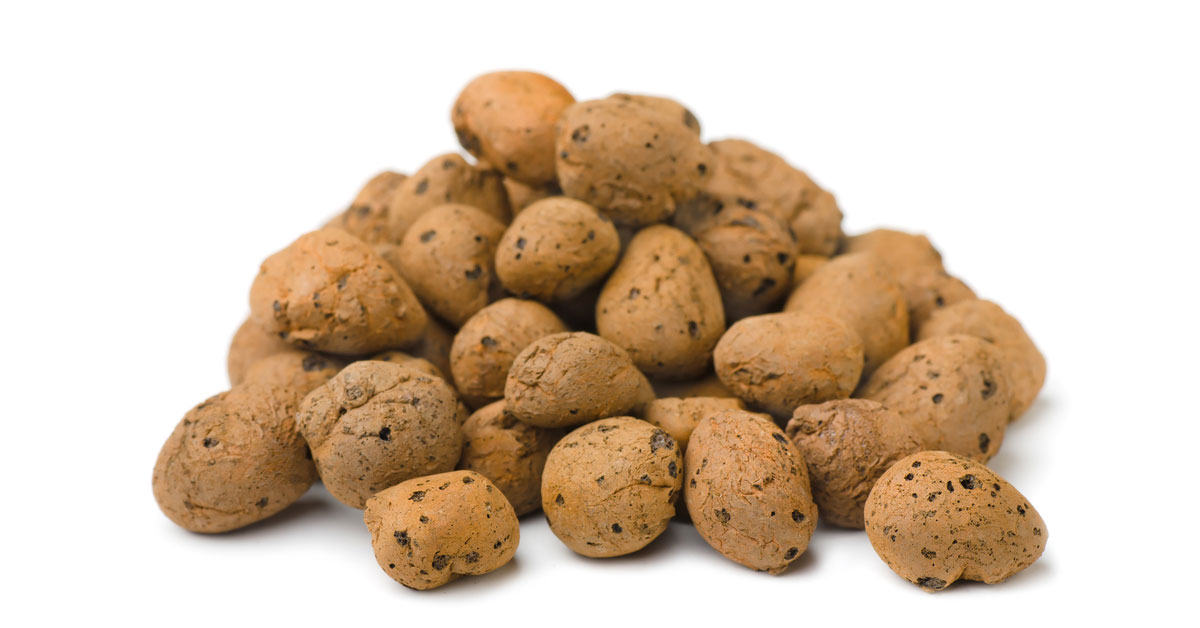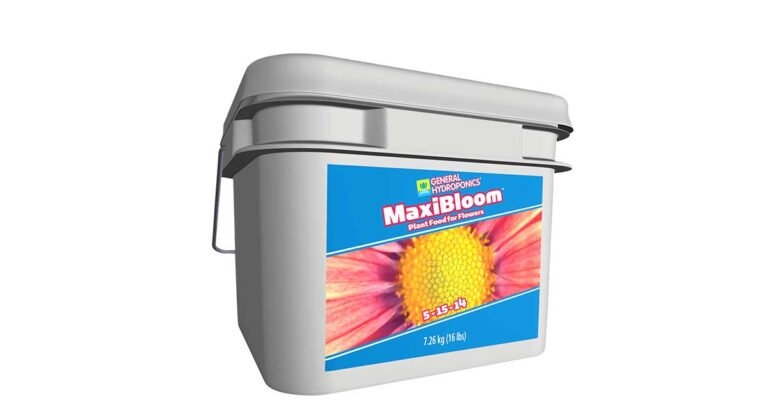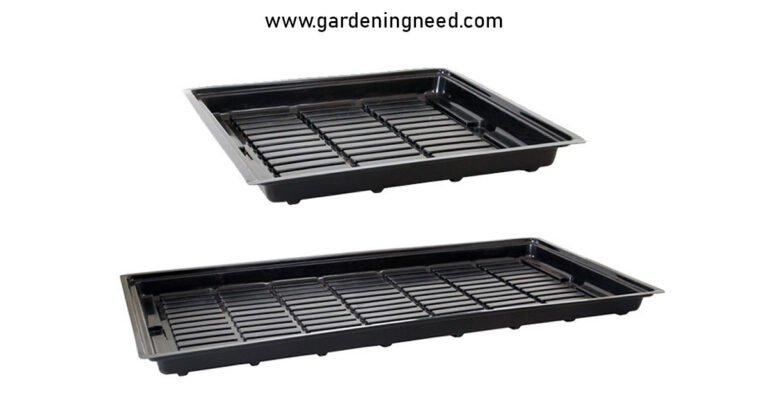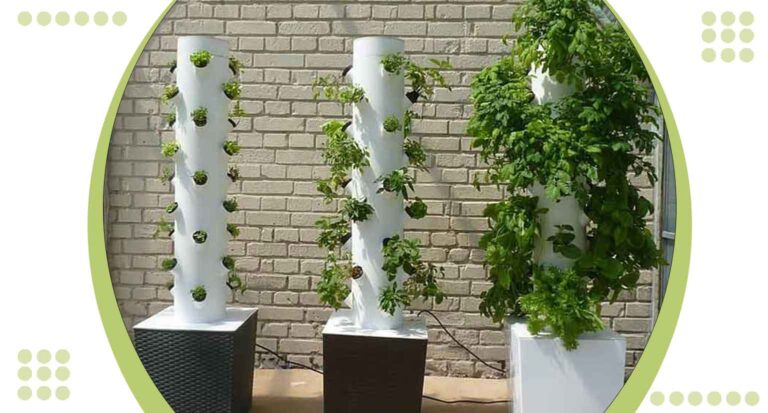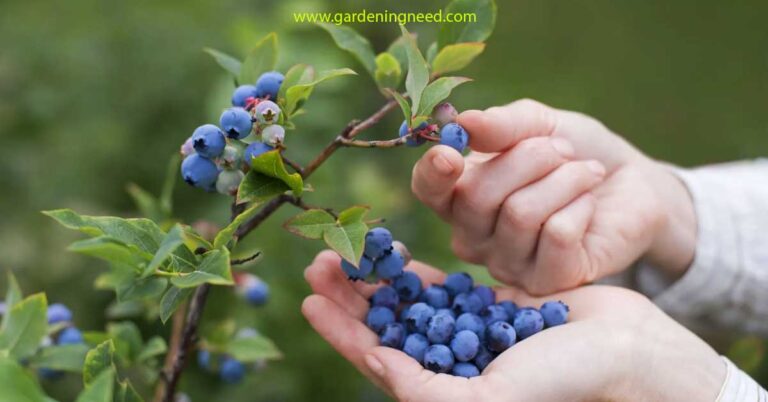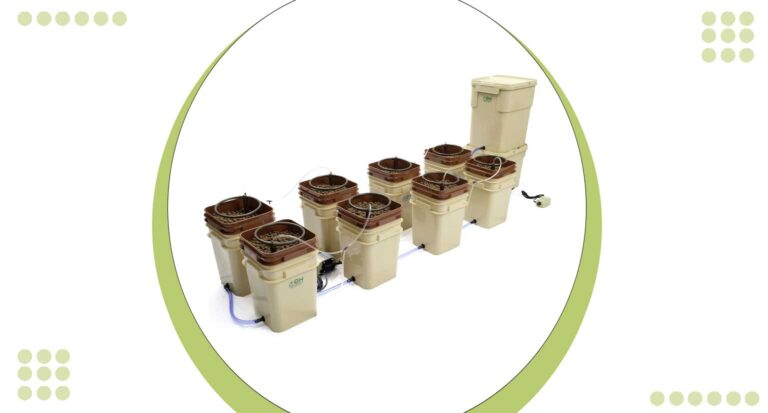Hydroponic Substrate
Hydroponic substrate is a key term in the realm of modern agriculture. It refers to the material in which plants grow in a hydroponic system, a method that does not require soil but instead uses nutrient-rich solutions.
This unique approach to cultivation empowers farmers and hobbyists alike to grow plants in controlled environments, often yielding more abundant harvests.
The choice and quality of hydroponic substrate can greatly influence the success and efficiency of a hydroponics system, illustrating its crucial role in this innovative form of agriculture.
The most common types of hydroponic substrates are rockwool, coco-coir, and expanded clay pellets.
Rockwool is made from basaltic rocks and chalk that have been melted together at high temperatures.
This produces a lightweight material with excellent water-holding capacity and air porosity. Coco-coir is created by mixing the
What is hydroponic substrate and why it’s important for your plants
A hydroponic substrate or growing medium, acts as the anchorage for plant roots in hydroponic systems where soil is not used.
The substrates contain no nutrients themselves but are excellent at retaining moisture and nutrients from the nutrient solution applied in the system.
This is essential for plant growth as it allows roots to take up nutrients effectively. Common types of hydroponic substrates include rock wool, clay pebbles, perlite, and coconut coir.
The choice of substrate can directly impact the health and yield of your plants, making it a crucial component of any hydroponic system.
When selecting a hydroponic substrate, it’s important to consider factors such as the size of your plants and the affordability and availability of the medium.
Rockwool is a popular choice for many hydroponic systems due to its low cost, easy handling and availability. It is also highly aerated which allows plenty of oxygen to reach plant roots and encourages.
Types of hydroponic substrates available in the market healthy growth.
However, there are other options depending on your specific needs.
- Clay Pebbles: These are light, highly porous, and provide excellent drainage and aeration. They can be reused after sterilization making them a cost-effective option.
- Perlite: Perlite is an amorphous volcanic glass that is lightweight, inexpensive, and can hold three to four times its weight in water, making it an ideal substrate for hydroponic systems.
- Coconut Coir: Made from the husk of coconuts, this substrate is renewable, holds moisture well and offers great air space. It’s also highly suited to organic hydroponics.
- Vermiculite: This substrate has a high water-holding capacity and is often mixed with perlite for a more balanced air-to-water ratio.
- Pumice: This is a type of volcanic rock that is lightweight, porous, and holds water well. It can be quite expensive compared to other substrates.
Each substrate has its pros and cons and understanding these can help you select the most appropriate one for your specific plants and system.
Pros and Cons of Each Type of Substrate
- Clay Pebbles:
- Pros: Lightweight, highly porous, excellent drainage, reusable after sterilization.
- Cons: May not hold moisture as well as other substrates, requiring frequent watering.
- Perlite:
- Pros: Lightweight, inexpensive, high water-holding capacity.
- Cons: Can float in water, which may cause issues in some systems.
- Coconut Coir:
- Pros: Renewable, good moisture retention, excellent air space, suited to organic hydroponics.
- Cons: It may require additional preparation before use to wash out salts and may degrade over time.
- Vermiculite:
- Pros: High water-holding capacity, offers a balance of air-to-water ratio when mixed with perlite.
- Cons: It can compact over time, which reduces the air space for roots and may retain too much water, potentially leading to root rot.
- Pumice:
- Pros: Lightweight, porous, good water-holding capacity.
- Cons: Can be more expensive compared to other substrates, may not be readily available in some areas.
How to choose the right one for your garden
Choosing the right hydroponic substrate for your garden depends on several factors.
- Plant Requirements: Different plants have different needs. Some plants prefer more moisture, while others require more aeration. Choose a substrate that aligns well with your plant’s specific needs.
- System Type: The type of hydroponic system you’re using will also determine your substrate. Some systems work better with certain substrates. For instance, perlite is great for ebb and flow systems, while clay pebbles work well in drip systems.
- Cost and Availability: Consider your budget and the availability of the substrate in your area. While pumice has many benefits, it can be expensive and not readily available.
- Sustainability: If you’re environmentally conscious, consider a renewable substrate like coconut coir.
- Preparation and Maintenance: Consider the amount of preparation and maintenance each substrate requires. While some substrates like clay pebbles can be reused, others like coconut coir may require extra preparation.
Tips for using hydroponic substrates effectively
When using hydroponic substrates, here are some tips that can help you get the most out of your system:
- Proper pH Level: Ensure the pH level of your nutrient solution is ideal for your plants and substrate. A neutral pH (between 5.5 and 6.5) is generally suitable for most plants.
- Regular Cleaning: Some substrates, like clay pebbles and perlite, can be reused. However, they must be thoroughly cleaned and sterilized between uses to prevent the spread of disease.
- Proper Hydration: Make sure your substrate is adequately watered, but not overly saturated. Overwatering can lead to root rot, while underwatering can cause nutrient deficiencies.
- Adequate Air Flow: Ensure your substrate allows good airflow to your plant’s roots. This is particularly important as oxygen is essential for healthy root development.
- Nutrient Availability: Use a nutrient solution suitable for your specific plants and substrate. The substrate should retain enough solution to provide a constant supply of nutrients to your plants.
- Substrate Size: The size of your substrate particles can affect both water retention and airflow. Choose a size that is appropriate for your specific plants and system.
Maintenance tips to keep your substrate healthy
A healthy substrate plays a significant role in your hydroponic garden’s overall success. Here are some maintenance tips to keep your substrate in optimal condition:
- Regular Inspections: Keep an eye on the color, texture, and moisture level of your substrate. Any changes could indicate a problem such as nutrient deficiency or disease.
- pH Monitoring: Frequently check the pH level of your substrate. It should ideally be neutral, between 5.5 and 6.5, to ensure nutrient availability.
- Replacing Substrate: Substrates, like coconut coir and vermiculite, degrade over time and will need to be replaced. Watch out for signs of degradation like compaction or a reduction in water holding capacity.
- Sterilization: If you’re reusing substrates like clay pebbles or perlite, sterilize them between uses to eliminate any potential pathogens. This can be done by boiling or using a bleach solution, followed by thorough rinsing.
- Proper Storage: Always store your unused substrates in a cool, dry place, preferably sealed to prevent contamination.
- Avoid Overwatering: Overwatering can lead to waterlogged substrates, which can cause root rot. Ensure your irrigation system provides adequate water without over-saturating the substrate.
Conclusion
Hydroponic substrate is an excellent way to scale up your grow projects, reach goals faster, and explore your inner green thumb.
Not only are you able to improve the quality of your plants, but it also opens the door to learning new techniques, such as nutrient management and pH balancing.
Plus, using a hydroponic substrate is healthier for the environment since it conserves water usage and maximizes soil space.
As you take that next step towards growing your garden indoors or out without sacrificing space or time, choosing a hydroponic substrate is the right decision for you and your plants.
Make sure to find the right one for you and unlock beautiful growth with all the benefits of hydroponics! Why not give it a try? You won’t regret investing in healthy soil sustainability for yourself and our planet.

